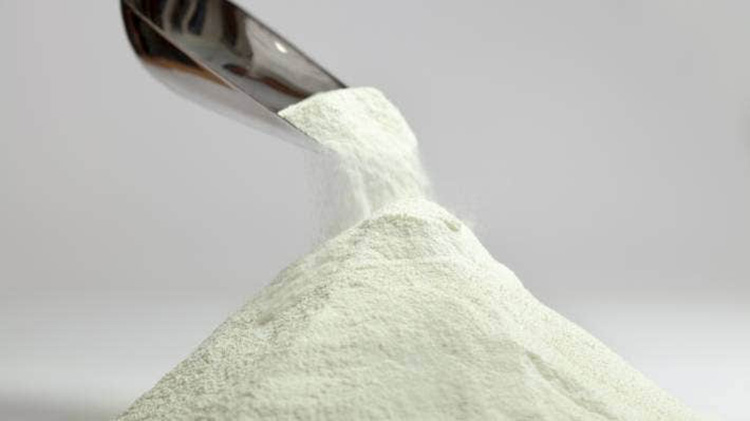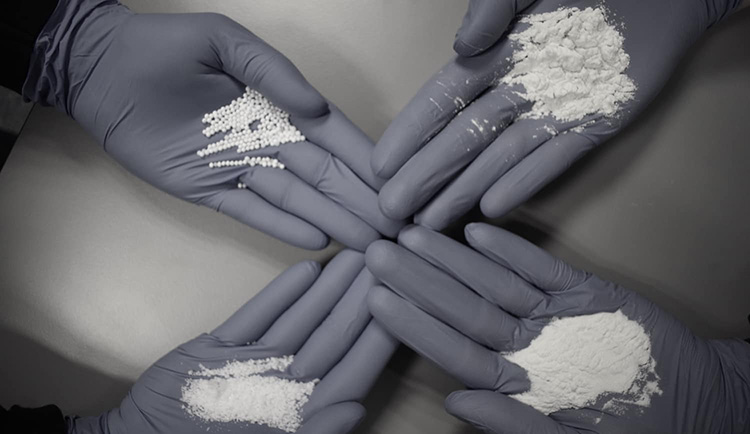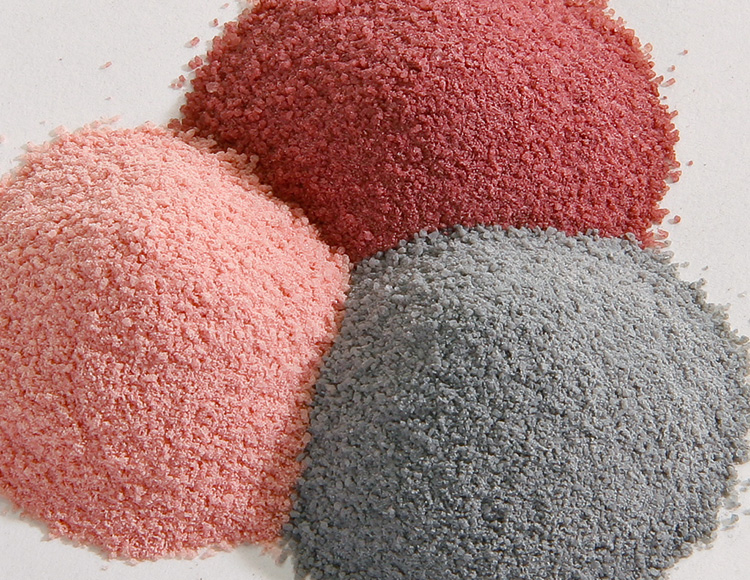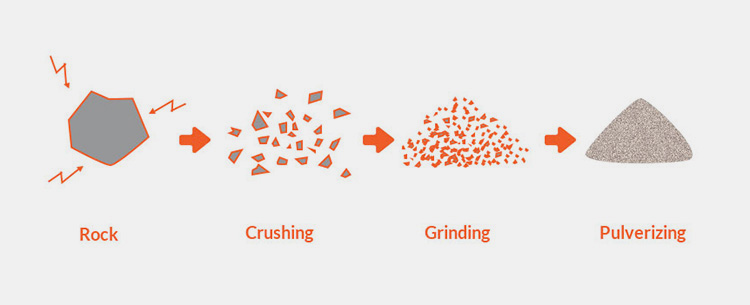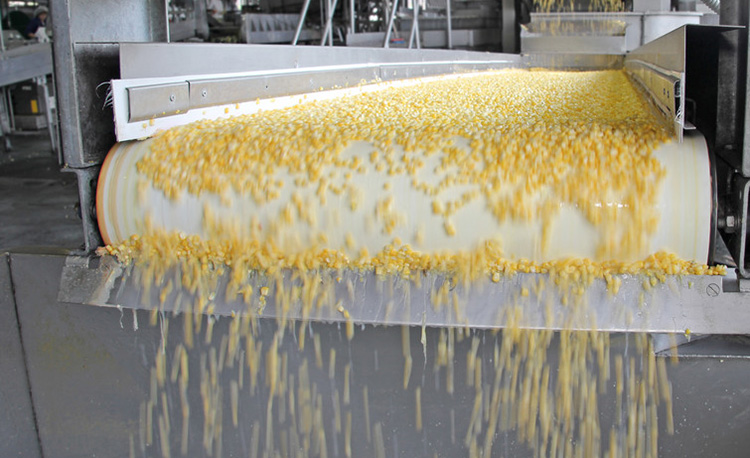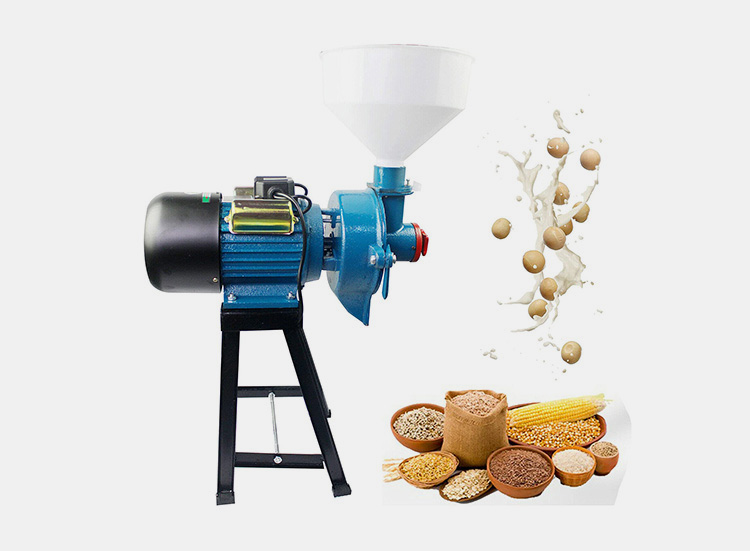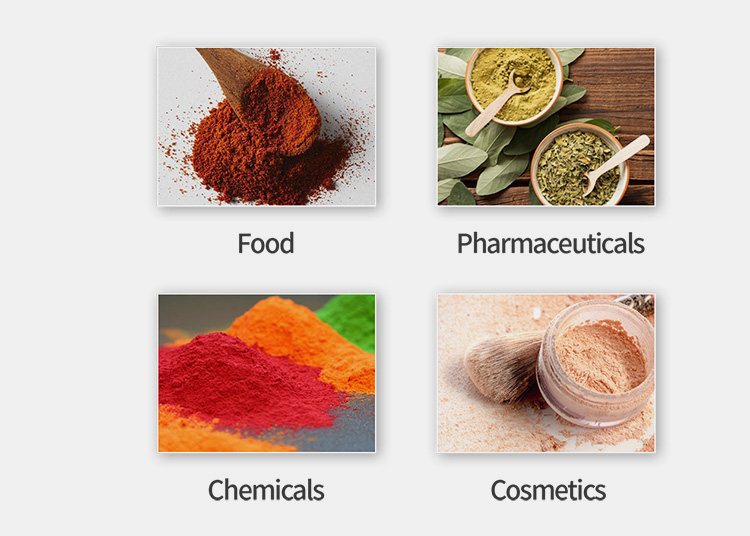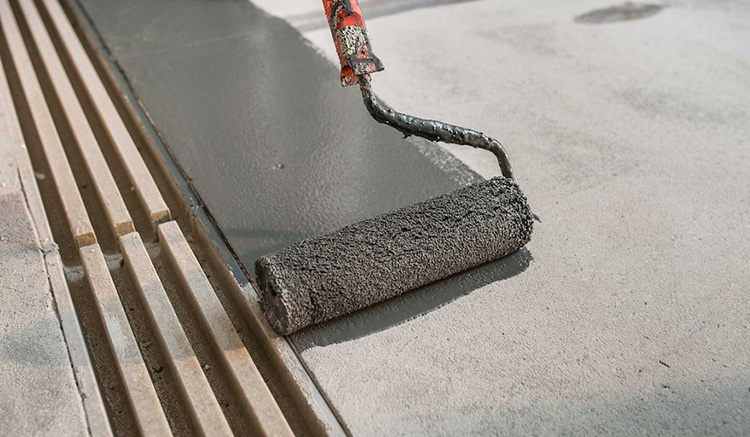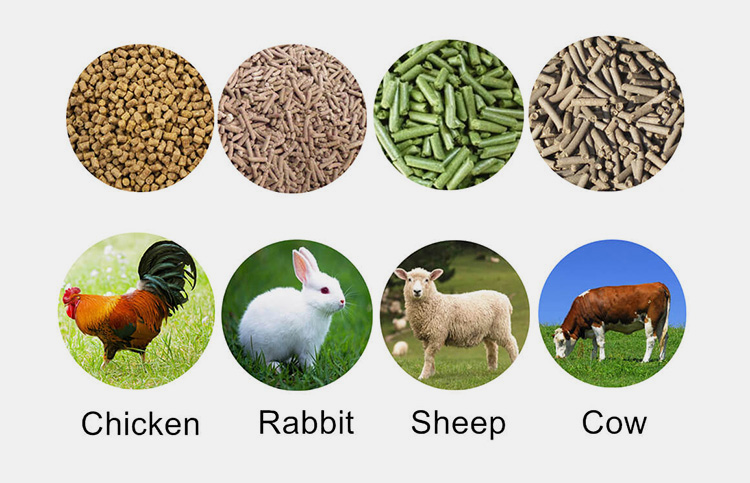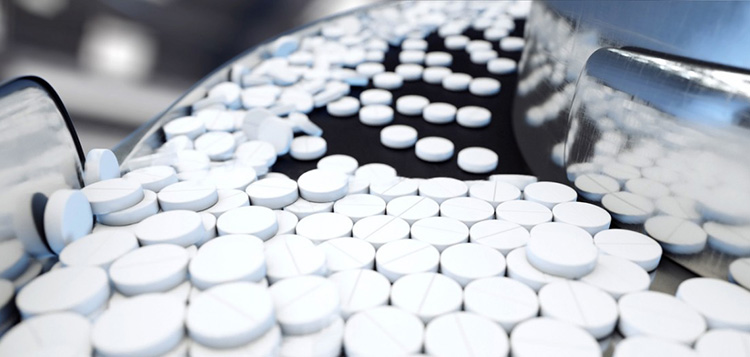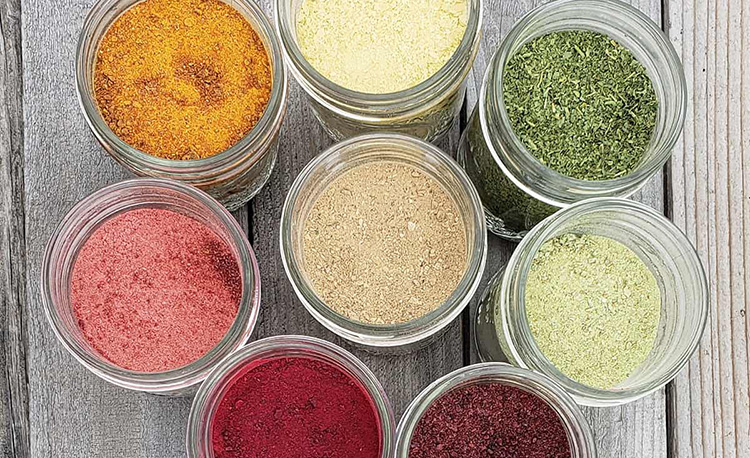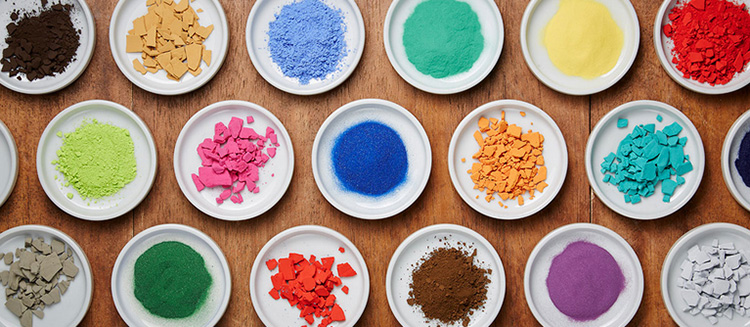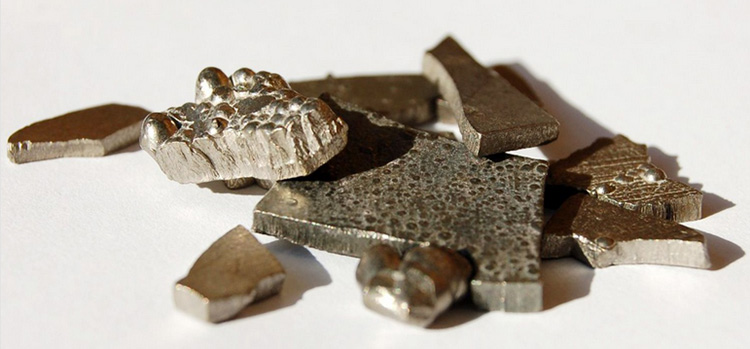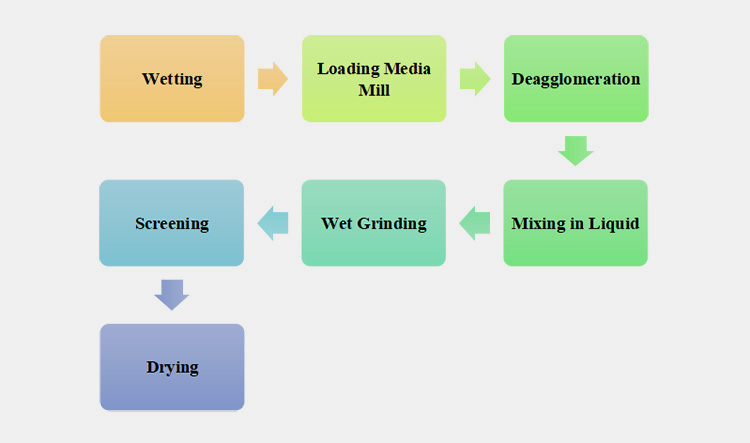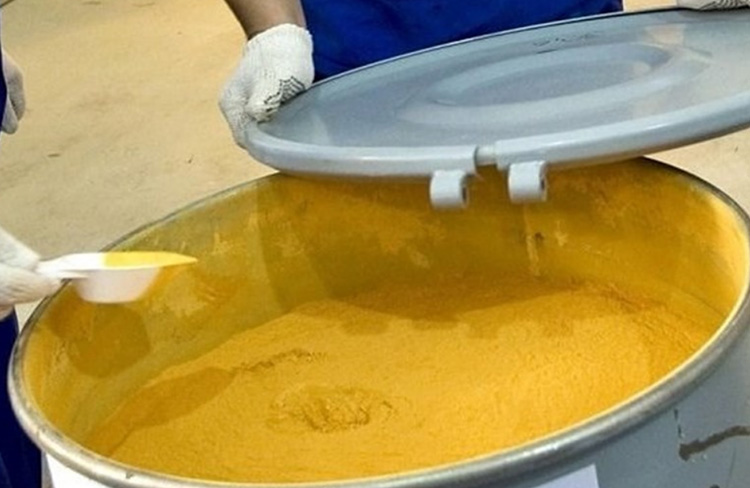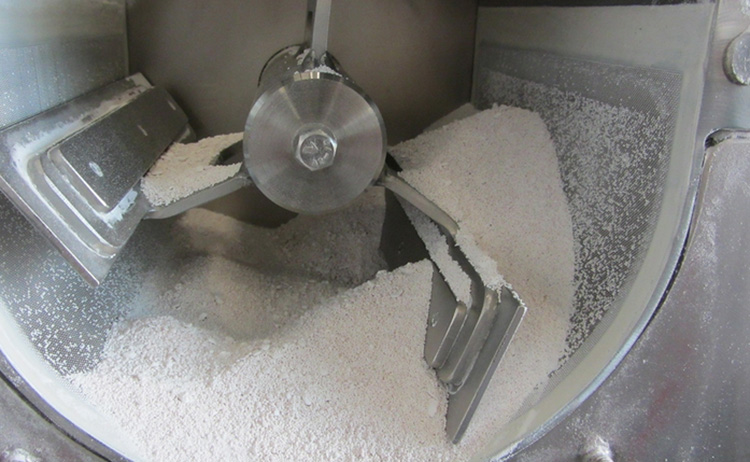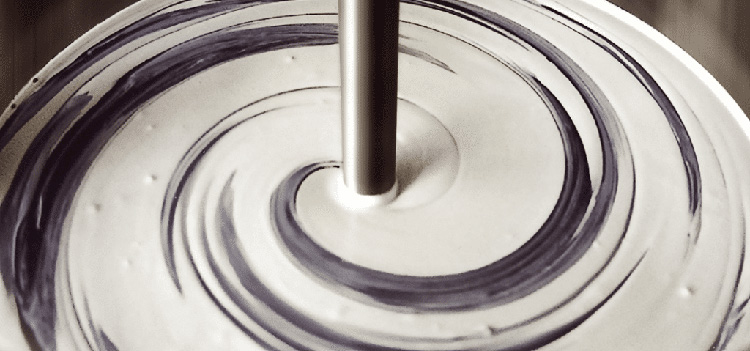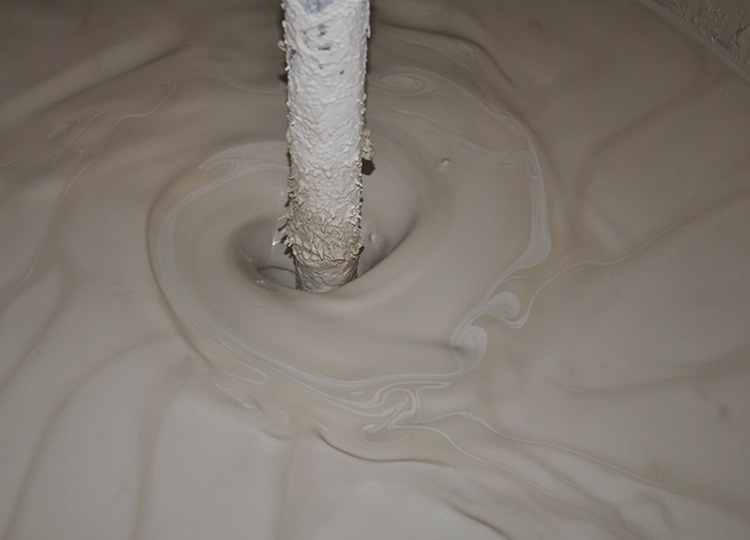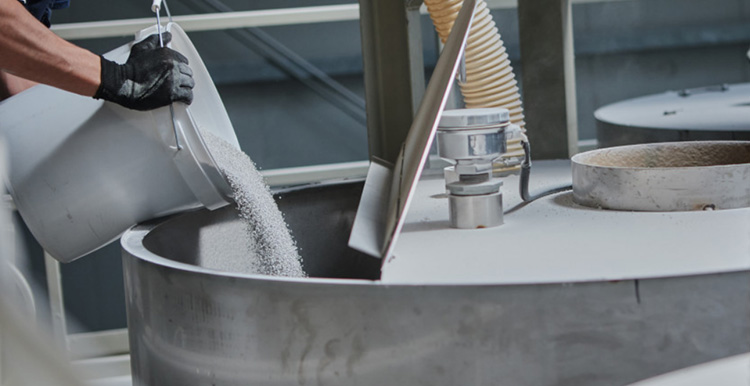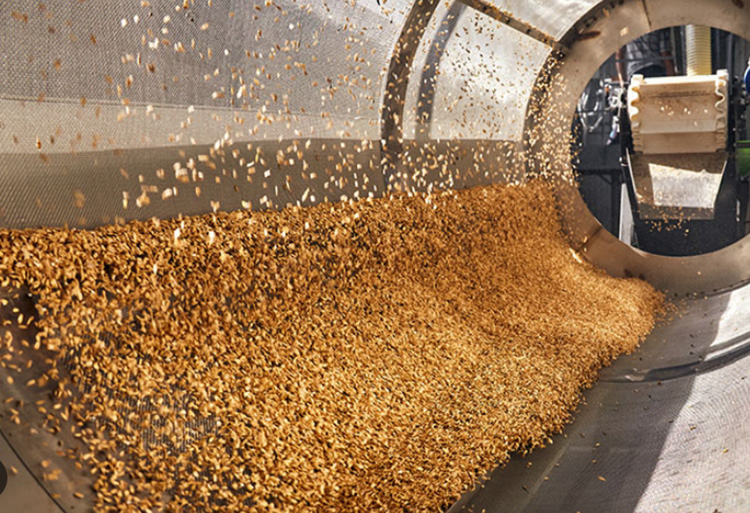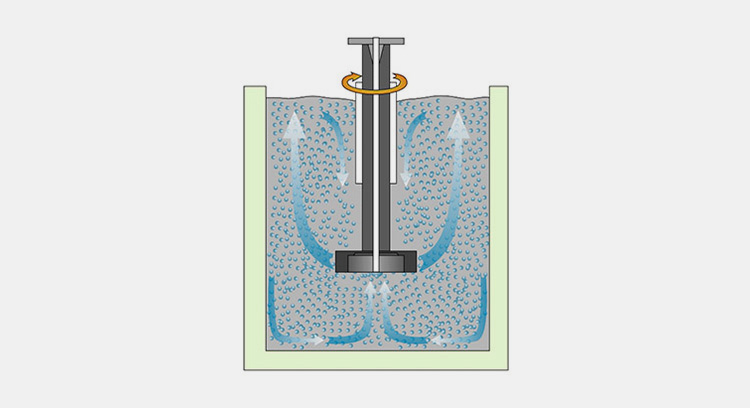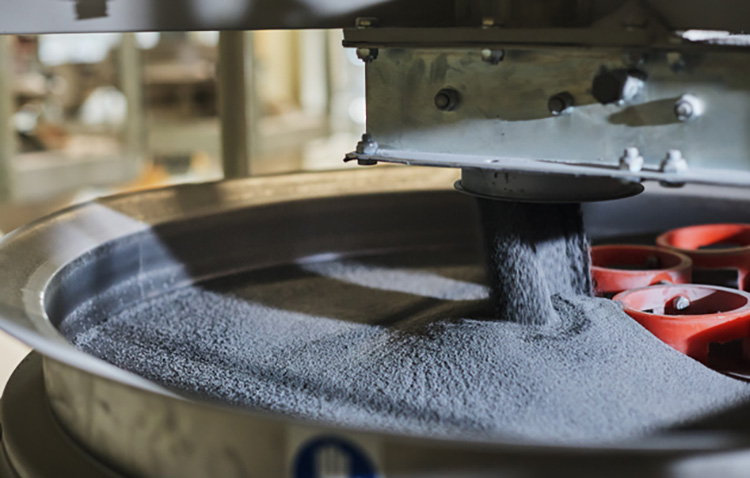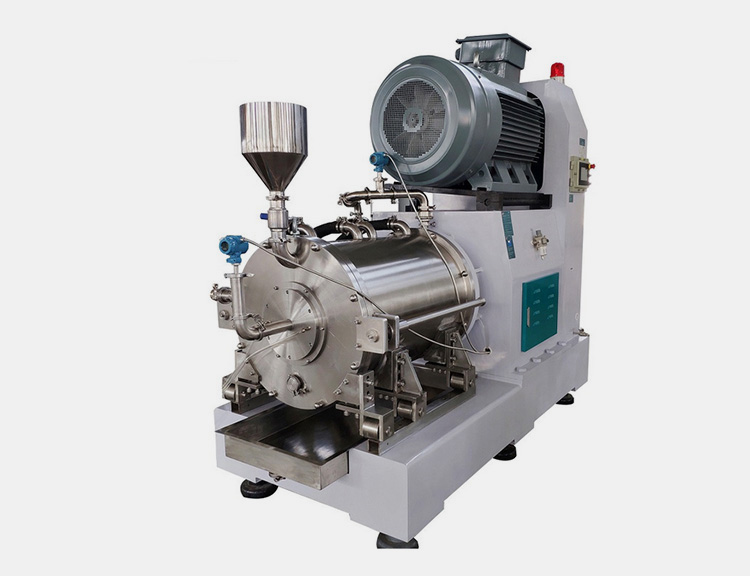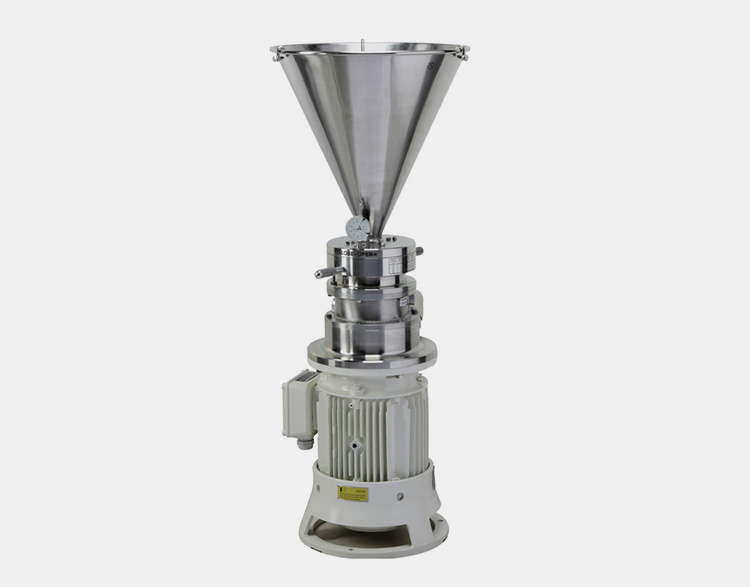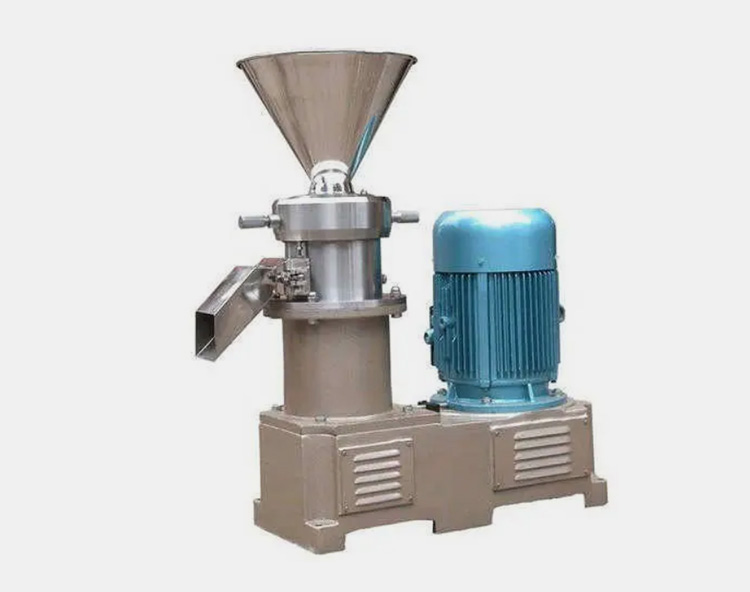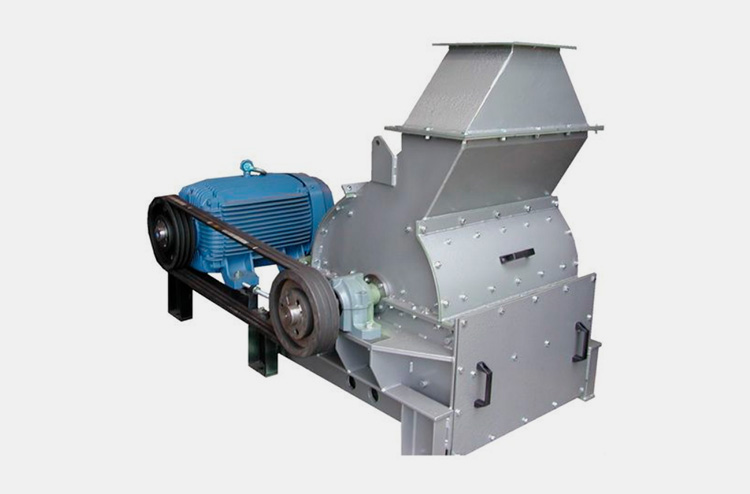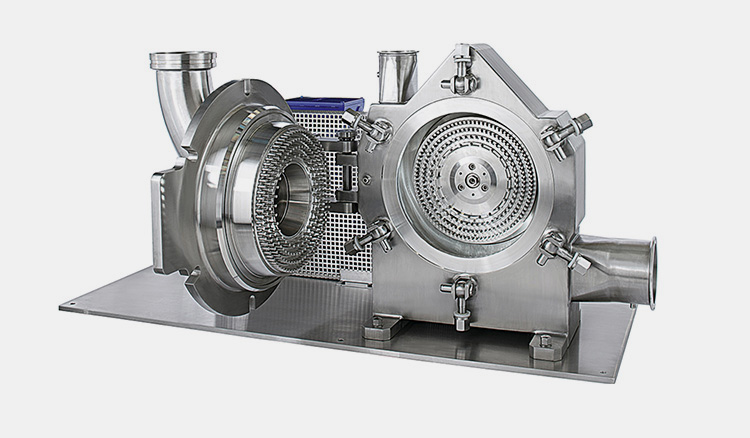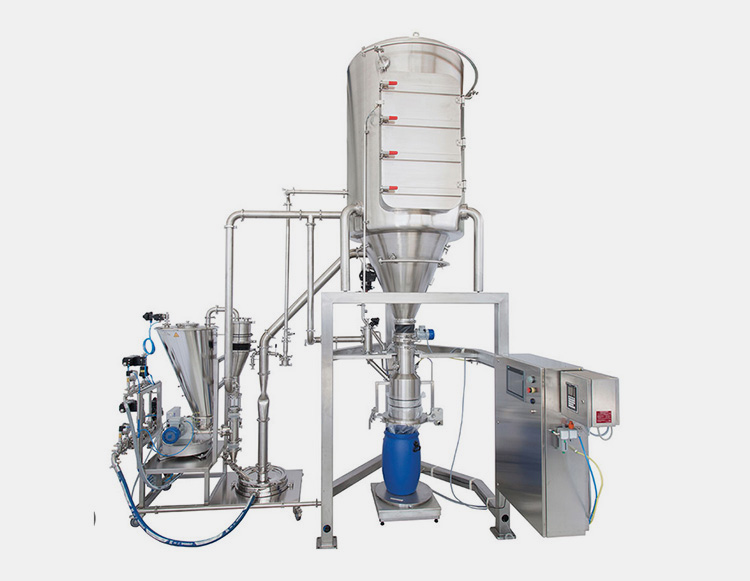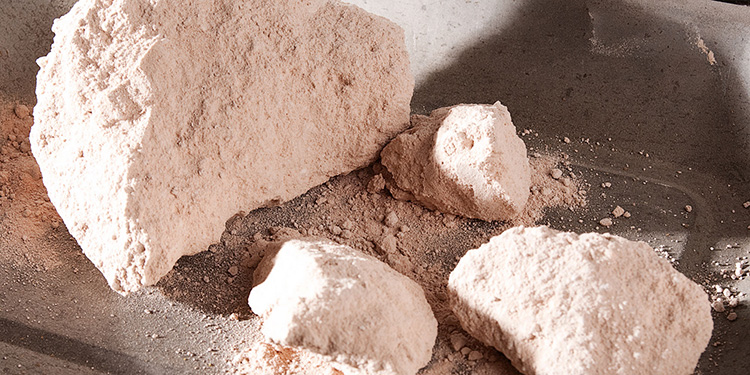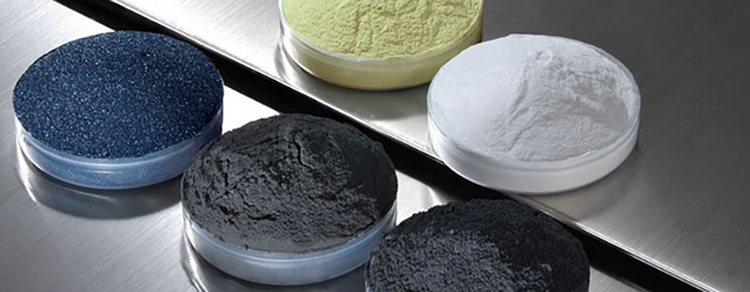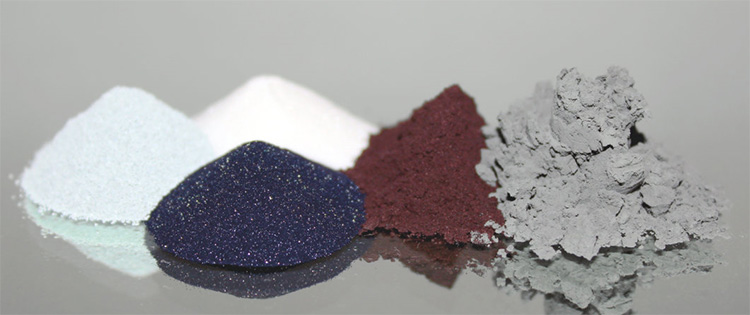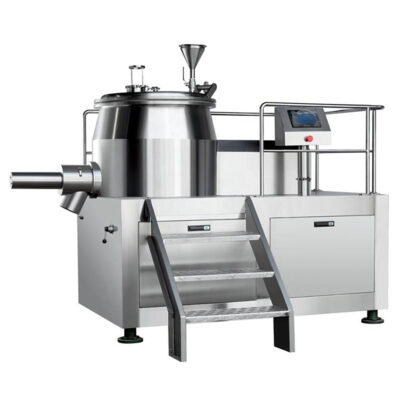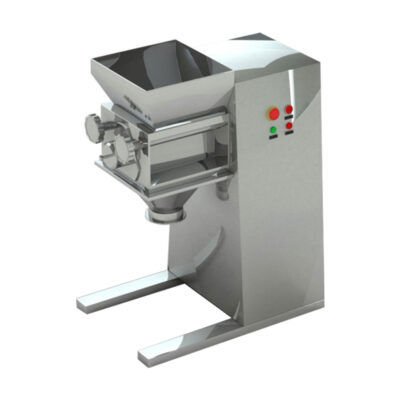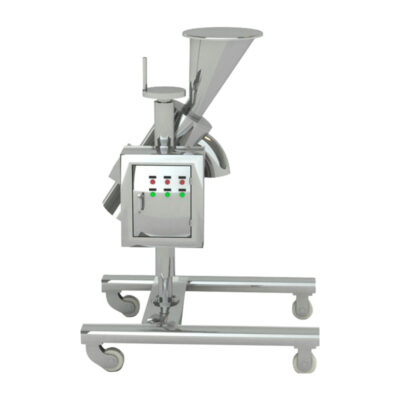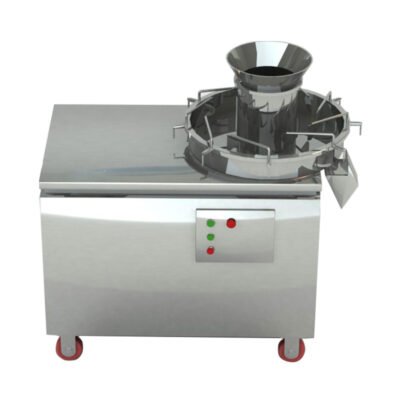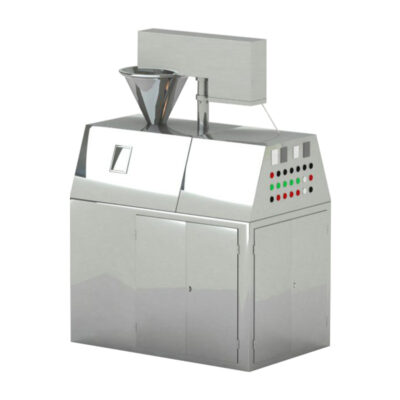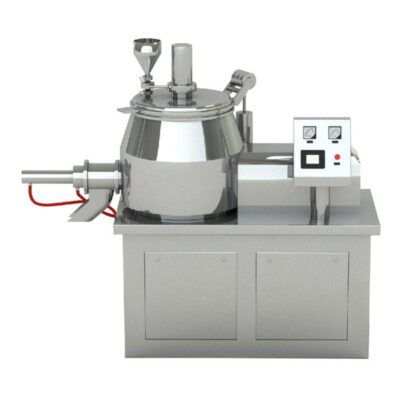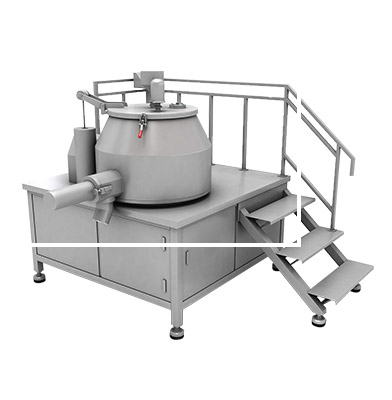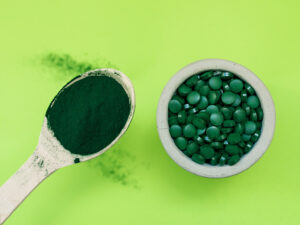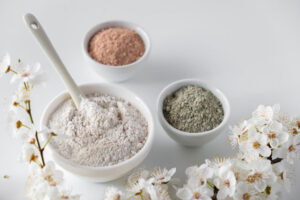What is Wet and Dry Milling?
Did you know the process of milling touches unlimited things around you daily?
Everything from food to medicines, house paint to types of cement, and face creams to viscous solutions requires milling in their manufacturing.
Milling itself has common categories, that’s wet and dry milling. These are the most effective and commonly used methods with countless benefits.
Whether your formulation follows wet or dry milling; it has numerous challenges and factors you must take into account, such as its type of material, size of the particle, shapes, etc.,
In this blog, you will find the important breakthrough distinction between these two milling procedures. We promise by the end of this article you will be having a clear concept of these milling processes. Let’s read on!
1.What is Milling?
Milling, sometimes also known as fine grinding, pulverizing, or comminution, is the process of reducing materials to a powder of fine or very fine size. It is distinct from crushing or granulation, which involves the size reduction of a material to a smaller size. Milling is used to producing a variety of materials that either have end uses themselves or are raw materials or additives used in the manufacture of other products.
In various fields of the process industry, the reduction of the size of different materials is a basic unit operation. The basic idea is to reduce particle sizes of material under handling by cutting or breaking those into smaller pieces. The usual reason for size reduction is normally the need for a smaller size, but it can also be desired shape, size, or number of particles. The functions of the system in machines made for size reduction are usually based on the principles namely (i) compression, (ii) impact, (iii) attrition, and (iv) shear.
2.What is Wet and Dry Milling?
There are various pharmaceutical techniques employed to improve the solubility and bioavailability of the product that is accompanied by reducing the particle size. Milling itself is profound one, where mechanical energy is used to cut or break down coarse particles into small finest ones.
WET MILLING
Wet milling or wet grinding is a popular technique used to break down suspended particles in the fluid slurry by the expenditure of mechanical energy. Once particles are broken down they’re dispersed by the help of a shearing or crushing process.
Material is passed through mill where solid particles are further milled till you get the desired particle size with the required proportion. Once the process is done, the wet particles are dried efficiently using machines such as fluid bed dryers.
Wet milling is a significant procedure if you’re aiming to get very small particle size because by wet milling you can get preferred particle size easily as the process has high command to minimize the product into finer particles as ensuring the production with great variety and you can get raw material that is easy to flow and mix, hence resulting good quality formulation with improved properties.
DRY MILLING
Dry milling itself is a very simple and economical way of size reduction process. This is required to create better end product or the finest ground raw material that’s ready to incorporate with other ingredients to start the production. The process is accompanied with grinding of substance by the help of either compression, impact, attrition or cutting. The process itself is pretty simple, where material is subjected to the machine via feeding unit then material is faced by cutters/grinders of milling chamber till you get a desirable particle size. Once the process is successfully completed particle is passed by a critical control point to the collection unit where a finished product is collected. Here, you don’t require a drying step as the material is already is dried or free from wet particles.
3.What Applications Are Considered With Wet and Dry Milling?
Wet & dry milling is an extensive and usable procedure applied in the various applications and fields for the production several products. Such as:
Food Industry
When thinking of milling, the food industry comes first in your mind. Whether wet milling or dry milling both of them have prime importance for food product manufacturing. You can use them in flour milling, breweries, milling of sugar, milk etc.,
Pharmaceutical Industry
Producing medicines requires the finest particles to mix each other and forms suitable active products. So, wet milling and dry milling process is required to treat particles. Generally speaking, in the preparation of medicines, wet milling is preferred as it offers you multiple advantages in sustaining properties of active material. Because APIs or excipients are very sensitive to heat and resists high temperature when it comes to sustaining its activity.
Chemical & Construction Industry
This is an efficient procedure that is a safe and efficient option in the construction industry for pulverizing and homogenizing material. Such as, chemicals, cement, marbles, gypsum, etc.
Cosmetic Industry
In the cosmetic industry, you always strive to manufacture end product with high consistency, uniformity, and high performance material. Wet and dry milling is worth buying machine to obtain desirable results when preparing cosmetics.
Nutraceutical Industry
Nutraceutical manufacturing involved from vitamins, probiotics, powders to capsules, oils etc., In a more simpler words, all sensitive natural ingredients are mostly subjected in this sector. Hence, manufacturing nutraceutical products is science and art that’s began with wet or dry milling to in order to get an improved raw material that is effective for end user. Such as vitamin powder, milk powder, protein powder etc.,
Animal Feed/Agricultural Industry
Dry milling is used to obtain improved animal feed with high digestibility, acceptability and palatability. The milling of feed involved livestock, poultry animals and companion or animal’s organs.
4.What Are Benefits Of Wet And Dry Milling?
Wet and dry milling processes have their own unique features and characteristics which makes them different from each other. The advantages of using them is as follows.
BENEFITS OF USING WET MILLING
Removal Of Impurities
This process is perfect for removing any unwanted substances or impurities from the drug by the process of filtration or decantation. Through this, the drug becomes pure and free from any harmful compounds.
Formation of Homogenous Product
The wet milling process does not alter the physical and chemical properties of the product. Thus a homogenous solution is formed which is more consistent and stable.
Ideal For Heat-Sensitive Products
Even though both, wet and dry milling processes produce heat during their operation, wet milling liquid cools all the heat. So it is ideal for heat-sensitive products which are prone to any changes due to heat.
Prevents Any Yield Loss
Since the whole process is carried out in a closed system, wet milling does not cause any yield loss and ensures maximum production of the drug. Moreover, it also protects the drug from any contamination by the external environment.
BENEFITS OF USING DRY MILLING
Ideal For Products In Powder Or Granulated Form
The dry milling process is not as intensive as the wet milling process which is ideal for those products which need to be in extremely fine particles. Dry milling is perfect for grinding bulky items or those which need to be reduced in granulated form.
Can Be Used For Those Products Which Cannot Be Granulated Through Wet Milling
There are certain solutions or products which cannot be pulverized by wet milling due to incompatibility. Thus dry milling can be used to reduce them into finer particles.
5.Which Material Can Be Processed with Wet and Dry Milling?
Both wet and dry milling is used for processing different materials. Some of these materials are mentioned below:
Material Processed by Wet Milling
Wet milling requires the addition of liquid for milling purposes. It is the most effective grinding process and can reduce the size of particles up to a micron or nano level. Consequently, it is used for processing pigments for paints, dyes, and inks
Moreover, it is used for processing coating materials, agriculture raw materials, and pharmaceutical and nutraceutical emulsions. It is also applied in the size reduction of metals, electronics, ceramics, automotive glues, and chemicals.
Material Processed by Dry Milling
As there is no need for liquid in dry milling, therefore, this is used for grinding dry and hard materials such as powders, granules, etc. Dry milling is used in the processing of pyrotechnic materials, metal ores, metallic powder pigments, as well as drug substances and cosmetic powders.
Generally, dry milling is often employed for size reduction of materials having high bulk density.
6.What are the Steps of Wet and Dry Milling?
As it is already mentioned, wet and dry milling are majorly different from one another. Therefore, the steps involved in wet and dry milling are also different. Some of these steps are discussed below:
Steps of Wet Milling
Wetting
In the first step of wet milling, air molecules trapped between raw feed are removed from the starting material. This is done to ensure that each particle of material completely interacts with the liquid. Ascertaining the full contact is essential for efficient milling.
A suitable liquid, that has low surface tension than the surface energy of raw feed, is added to raw material at the wetting stage.
Loading Media Mill
After wetting, the wet slurry is loaded inside the media mill. The wet media mill is partially filled with milling liquid for circulation and reduction in particle size. In this wet media mill, the particles in milling media collide with each other and this impact and shear pressure will fragment the raw feed particles.
Deagglomeration
This step is carried out to de-clump the particles, which are agglomerated together. This deagglomeration is achieved by agitating the powdered starting material in a liquid slurry. This agitation is done by using a blade mixing machine, a premixing tank, or by media mill.
Mixing in Liquid
The next step is the complete mixing of powered solid raw feed in liquid solvent for uniform grinding. This step is performed in a dispersion blender or media mill. The constant agitation in these machines ensures fine dispersion of hard raw feed.
Dispersion additives, surfactants, and stabilizers are incorporated at this step for stabilizing the deagglomerated liquid mix and preventing particle sedimentation.
Wet Grinding
In the wet grinding or recirculation step, the liquid mixture along with dispersed particles is rotated inside the media mill until the desired end particle size is accomplished. This mixture is circulated multiple times inside the media mill to acquire the required grind gauge or surface traits are acquired.
Screening
After the circulation of milling materials in mills, the next step is to separate the milling media from the product. The liquid slurry is screened from removing media from the end product.
Drying
In this step, the air is removed from the suspension medium. This degassing step is carried out if liquid consistency of the final product is required. But, if the dried powdered form of the end product is a goal, then the drying step is added in processing.
This drying step is performed using a fluid bed dryer or flash drying machine.
Steps of Dry Milling
Charging Dry Mill
First, the raw materials are loaded inside the hopper of the dry mill. This hopper distributes a continuous flow of materials to the feed device, from where materials go inside the milling station.
Grinding
In the milling unit, shear forces and pressure fragment materials into smaller pieces. The agitating tools or grinding devices generate physical forces that pulverize particles. Fine particles are formed in the milling unit by the collision between particles as well as particle collision with the walls of the vessel.
Degassing
In this step, the air is reduced or eliminated from the particles. Trapped air between feed materials reduces the efficiency of dry milling, hence, degassing is carried out in an air-reduction chamber to minimize air between particles.
Sorting
The final stage of dry milling is sorting, which is based on particle size. In this step, particles are passed through a sieve and the particles, which have large sizes, are again passed to the mill, for further size reduction. The particles of the right size go to subsequent refinement steps.
7.What Types of Machines Include Wet and Dry Milling?
Both wet and dry milling involves different types of machines, some of which are described below:
TYPES OF MACHINES IN WET MILLING
Media Mills
These are also called pearl or bead mills. They consist of a milling chamber, shaft, as well as a recirculation chamber. The milling materials or media generate high-pressure forces inside the milling chamber with the rotation of the shaft. The materials are reduced into smaller-sized particles with the collision between material particles, media, and walls of media mills.
These mills are used for forming nano-sized particles.
Toothed Rotor-Stator Mills
These are a kind of rotor-stator mills that is formed by a rotating rotor or shaft, and an axially fixed center stator. As the name indicates, these mills have rows of enmeshed teeth between the rotor and stator. The liquid slurry is grounded via impact and high shear in these mills.
Colloid Mills
These are another kind of rotor-stator mill, that consists of a conical rotor and cone-shaped stator. The exterior of the rotor and stator can be even, coarse, or slotted. The gap between the rotor and stator can vary from a few micrometers to millimeters. The particles are fragmented in these mills by colliding with each other between the gap of the rotor and the stator.
TYPES OF MACHINES IN DRY MILLING
Different kinds of machines involve dry milling. Some of these machines are:
Hammer Mills
These mills are composed of multiple hammers generally four or more, fixed on a central shaft and this assembly is present in a rigid case. The materials in these mills are crushed into fine particles by the impact of hammers on particles.
Pin Mills
These are also referred to as centrifugal impact mills. These mills have two disks each with a central ring of pins. The substances are broken down into smaller-sized fragments by the repeated impact of steel pins in these machines.
Jet Mills
These are also known as air jet mills. These machines do not have grinding tools instead, they carried out crushing or milling by the gas stream. The gas or compressed air is introduced in the milling chamber and is accelerated so that material particles collide with each other and are ultimately pulverized into ultra-fine particles.
8. How to Choose Between Wet and Dry Milling?
The decision to choose between wet and dry milling is unimportant in small-scale grinding but has a major impact when large-scale milling is considered. This choice depends upon material being grounded as well as type of product needed.
Type of Material
When starting materials are dry or very hard then dry milling is preferred. Moreover, if the material is pyrotechnic, then dry milling is more suitable for reducing the size of particles.
Type of Product
Wet milling is mostly preferred when the end material is of wet consistency. Usually, wet milling is used for the preparation of emulsions.
Target Particle Size
The particle size of the end material is also a deciding factor between dry milling and wet milling. Generally, smaller target particle size is achieved by using wet and dry mills. But wet mills can be used for grounding substances into nano-sized particles usually in the range of 200-500nm. Conversely, dry milling reduced particles into single-digit micro sizes (1nm=1000µm).
Thus, if you require milling into nano-sized particles then it is best to go for wet milling.
Cost
It is another factor in choosing dry and wet milling. Generally, wet milling costs less than dry milling, as 30% less energy is required to run wet mills as compared to dry mills. However, if the shipment requires dry-milled product, then the removal of water via dryer adds to the operational cost.
Conclusion
After reading article ‘What is wet and dry milling’, we assume you can now distinguish between these two important methods. In a more simpler words, wet milling involves fluid interaction during milling procedure instead dry milling. Whether you need wet or dry milling in your procedure, we would suggest to always take expert guidance prior to move for selecting equipment. For this, we recommending to contact our experts for proper advices. Moreover, for machine purchasing we are just right here to present one stop solution. Just Send Us a Short Message Now.
Granulator Machine Related Products
Granulator Machine Related Posts
Granulator Machine Related Videos
CONTACT US
Tell us your raw material and project budget to get quotations within 24 hours.
WhatsApp Us: +86 189 7157 0951
Want the best price & newest pharmaceutical machinery buying guide,tips and trends sent straightly to your box? Sign up for AIPAK’s monthly newsletter, we’re free for your consultation and Offer you the most suitable solutions!
The Buyer's Guide
- Capsule Filling Buyer's Guide
- Blister Packaging Buyer's Guide
- Tablet Counting Buyer's Guide
- Tube Filling Buyer's Guide
- Cartoning Buyer's Guide
- Gummy Making Buyer's Guide
- CO2 Extraction Buyer's Guide
- Empty Capsules Buyer's Guide
- Suppository Filling Buyer's Guide
- Tablet Coating Buyer's Guide
- Tablet Press Buyer's Guide
- Softgel Encapsulation Buyer's Guide
Most Popular
- 7 Importance Of Pharmaceutical Packaging In Different Applications You Must Know
- 6 Advantages You Must Know About Tablet Counting Machine
- 8 Advantages of Blister Packaging You Must Know
- 6 Critical Applications of Automatic Capsule Filling Machine
- 6 Stations You must Know to Improve the Filling Quality of Automatic Capsule Filling Machin
